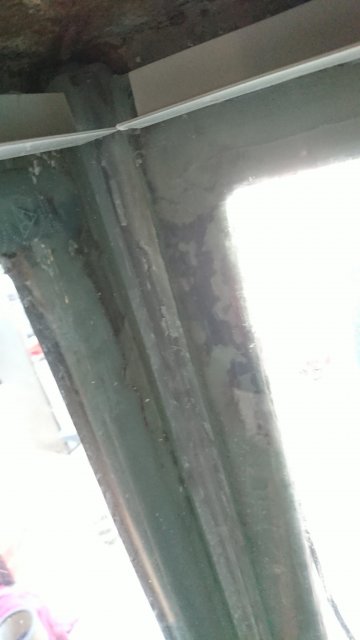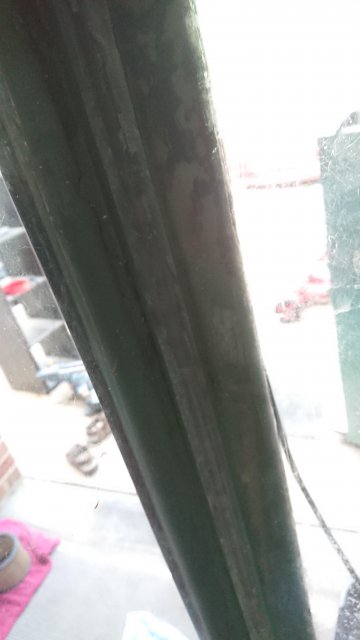However, a proper repair here does not involve or require stripping all the silicone from the interface between glass and steel, and no glass panels need be removed. You would need to carefully strip all the internal silicone bead on all interior seams, right down to clean bare glass. Using a razor blade is tedious but effective; you need to remove every trace of old silicone from the interior glass surfaces. When you are done you will have all glass panels still adhered to the steel frame, held in place by the silicone between glass and steel. All you are removing is the interior bead (more or less triangular in cross-section).




